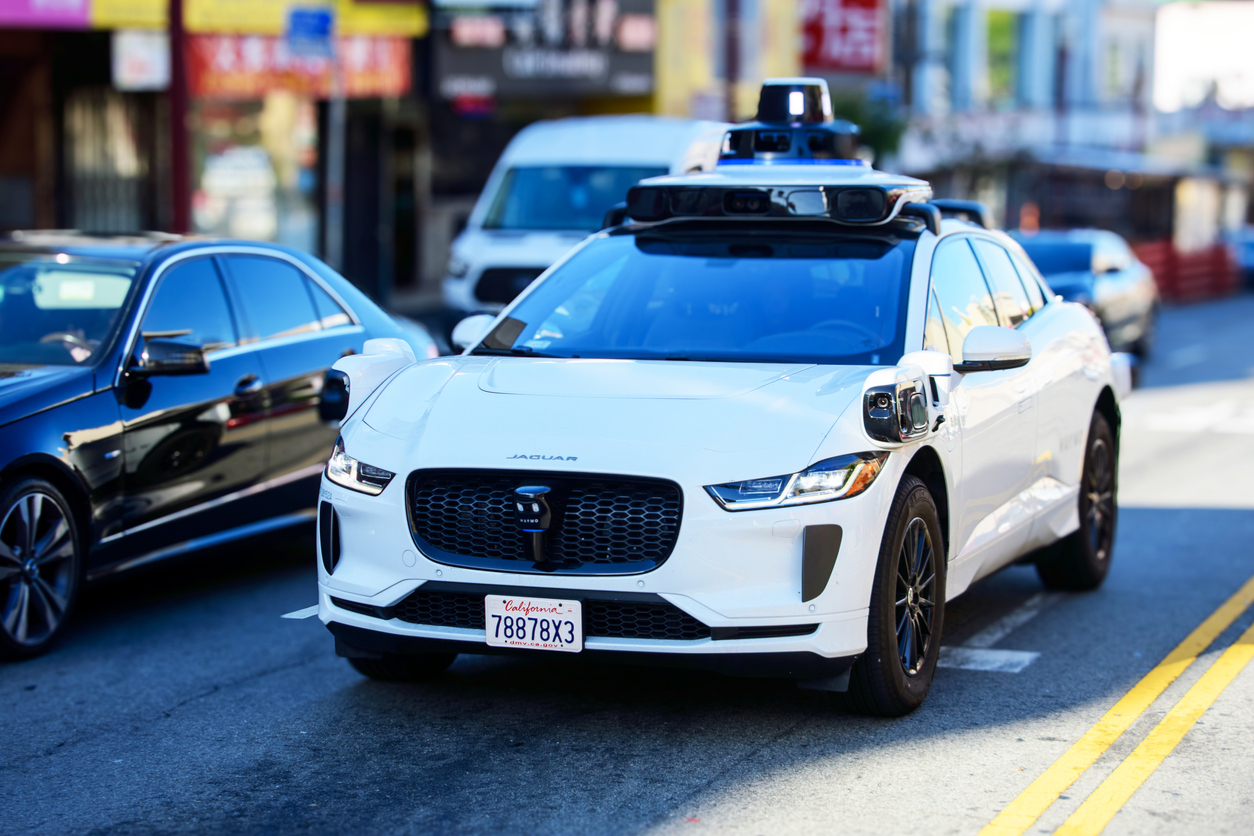Magellan High Conviction Fund
Dear Investor,
The year to 30 June 2025 has been eventful for investors, the most impactful being the return of Trump to the US Presidency and rapid technological innovations. Your favoured AI can summarise policy changes by executive order, so let’s focus on the fast-moving developments in technology.
The ongoing decoupling of the US and China will have significant implications for the industries at the heart of this change. China, an undoubted leader in AI, with over 50% of all AI engineers, benefits from a State-supported economic model that allows it to break cost curves faster than Western companies, where generating a return on capital is important (albeit time frames vary). This is showing up in humanoid robots and electric (and autonomous) vehicles in the same way as it did in solar panels and wind infrastructure – complex, innovative products manufactured cheaply at scale. While these products may not reach US shores, other markets, including Australia, are likely recipients, at highly competitive prices, with the potential for these to transform our lives positively.
Corporates, led by US Tech, are rapidly advancing AI-led innovations while government policies aim to drive the related investment into the US economy. It will cost more to build product in the US, and labour shortages will worsen due to immigration policies, making automation and AI itself crucial. The pace of AI’s technological progress is faster than the mobile or internet eras and continues to accelerate – desktop internet reached 50% penetration of US households in 12 years1; it took six years for mobile internet and AI is likely to achieve this in under three years.
AI is increasingly a CEO-led conversation rather than Chief Technology Officer-led, with decisions spanning the C-suite – Operations, Sales, HR, Finance. Budgets to implement are thus expanding beyond the IT department, more broadly contemplating opportunity and productivity. Companies are struggling to keep up, often due to data management (security, storage, internal silos), particularly in large financial businesses like banks. Another challenge is deciding how to utilise the efficiencies employees are realising and overcoming the sunk cost mentality. Savings will likely be shared with employees.
This year saw significant advancements, including the shift from large language models (LLMs) to reasoning models, agentic AI, autonomous progress, conversational AI, and hyper-personalised customer agents. Efficiency and productivity in the infrastructure layer continue to improve exponentially, unlocking more use cases as costs fall.
LLMs have quickly commoditised, and the technology industry is focused on the next evolution to reasoning models. These models move beyond LLMs by thinking about their answers, testing and retesting before responding to queries. The number of tokens processed (a measure of compute power utilisation) is rising exponentially. Microsoft processed over 100 million tokens in its most recent quarter2, a five-fold increase from a year ago, with 50 million of those tokens processed in March 2025 alone. Deep, trustworthy and cost-efficient research is becoming more available, though not yet as scaled solutions. Give it a year…
The Magellan High Conviction strategy is focused on those opportunities where innovation creates structural growth tailwinds for well-positioned companies operating from a position of strength.
Models like OpenAI’s GPT-4 are revolutionising content creation across various media. AI-driven tools are now integral to digital marketing, offering deeper insights into consumer behaviour and enabling precise targeting. Software coding has dramatically changed and democratised, increasing the amount of code written and boosting engineers’ productivity. The huge capital spending budgets (exceeding US$300Bn in 2025 alone, led by the three hyperscalers and Meta3) to build data centres for AI and related workloads, supports economic growth. Demand continues to exceed supply. Microsoft is building towards customer demand, inclusive of OpenAI, with its 2026 capital budget to grow 2025’s $80B2.
Its current Remaining Purchase Obligation (future assured revenues) is $315Bn3. It emphasises it does not spend if it does not see a clear path to good returns on capital, indeed passing on some OpenAI workloads. While the suppliers and supply chains for AI infrastructure are deep and complex, NVIDIA remains a dominant recipient of the capital being spent while TSMC is producing almost all the advanced chips needed for AI and ASML makes all the lithography machines needed to make the leading-edge chips.
 Fully autonomous vehicles are increasing in number. Alphabet’s Waymo cars cruise proficiently around San Francisco and autonomous ride-share fleets in most major cities seem inevitable. Tesla will soon launch its first robotaxi service in Austin, Texas, while Waymo is operating or launching across US cities, often with partners like Uber. Outside of China, there are no other significant competitors, and the paths chosen by these two differ. After listening to experts, I’d confidently ride in a Waymo, but not yet in a Tesla robotaxi. That’s not to imply it won’t succeed, but it likely needs to make difficult strategic changes.
Fully autonomous vehicles are increasing in number. Alphabet’s Waymo cars cruise proficiently around San Francisco and autonomous ride-share fleets in most major cities seem inevitable. Tesla will soon launch its first robotaxi service in Austin, Texas, while Waymo is operating or launching across US cities, often with partners like Uber. Outside of China, there are no other significant competitors, and the paths chosen by these two differ. After listening to experts, I’d confidently ride in a Waymo, but not yet in a Tesla robotaxi. That’s not to imply it won’t succeed, but it likely needs to make difficult strategic changes.
Agentic AI gained traction this year, with systems capable of interpreting goals, making decisions, and acting across workflows. Agentic AI combines content generation with the ability to act on that output, enabling systems to complete processes independently. This shift towards action-oriented AI marks a new era in automation and efficiency. A future where humans command many agents, and a company workforce built on human and agentic AI, will emerge, driving productivity and so corporate profitability. These will be both digital and physical (humanoid robot) agents. In less than six months, Salesforce has closed over 8,000 deals since launching Agentforce3. Microsoft’s Copilot has hundreds of thousands of customers, up three-fold in a year, while use the progress in AI capabilities. Average revenue per user rose 8% last quarter for Microsoft 365 and the premiumisation of its ~435M subscriptions is just getting started3. Visa announced a commerce agent in the late stages of development with partners, to allow your personal AI agent (powered by the likes of ChatGPT, Gemini, Claude, etc.) to seamlessly buy and get refunds on your behalf securely.
Regarding China and to follow up from our March roadshow, the Beijing half marathon saw 21 humanoid robots compete alongside 12,000 humans. UBtech’s robot was the fastest, taking over two hours, and beat the 3-hour 20-minute cutoff time for recognition. Despite all needing battery changes and some falling or going up in smoke, this marks amazing progress with much runway for improvement.
AI also made strides in everyday life, with smarter voice assistants and expanded conversational AI use. More people are choosing voice over text. There was a notable rise in automated note-taking and summarisation at a recent US investor conference. AI-enabled technology is already remarkable, while AI-infused apps for devices are rapidly developing, either within existing apps like Booking and Expedia or by venture capital such as Mindtrip AI for trip planning.
With these changes, it is crucial to anticipate opportunities and disruption risks. Expect both growth and significant changes in advertising, a key path to monetisation for consumer products. Opportunities often lie in large companies with scale advantages, deep financial strength and aggressive innovation, offering less risky investments for long-term compound returns. Addressable markets are growing strongly for some of today’s largest companies.
The investing landscape is in the early innings of a new period of astounding change. The application of Generative and Agentic AI will benefit economic growth and corporate profitability, making this a great period for global equities investors. The Magellan High Conviction strategy is focused on those opportunities where innovation creates structural growth tailwinds for well-positioned companies operating from a position of strength. Portfolio holdings are at the nexus of industry change, from those in the AI chips’ supply chain such as TSMC and ASML to the hyperscale cloud companies – Amazon’s AWS, and Microsoft’s Azure – to enterprise AI enablers like Microsoft’s 365 and Salesforce and consumer AI companies like Meta and Netflix, as well as other digitalisation
beneficiaries – Visa, MercadoLibre, Intercontinental Exchange and EssilorLuxottica, to name a few.
The portfolio and our efforts remain focused on sustaining and growing our client’s wealth by capturing the value creation and upside from the changes and innovation underway.
Thank you for your trust and support; and wishing you a year filled with that which brings you joy.


Nikki Thomas, CFA
Portfolio Manager
1 Source: Morgan Stanley
2 Source: Earning call
3 Source: Company filings
Image Source: iStock
